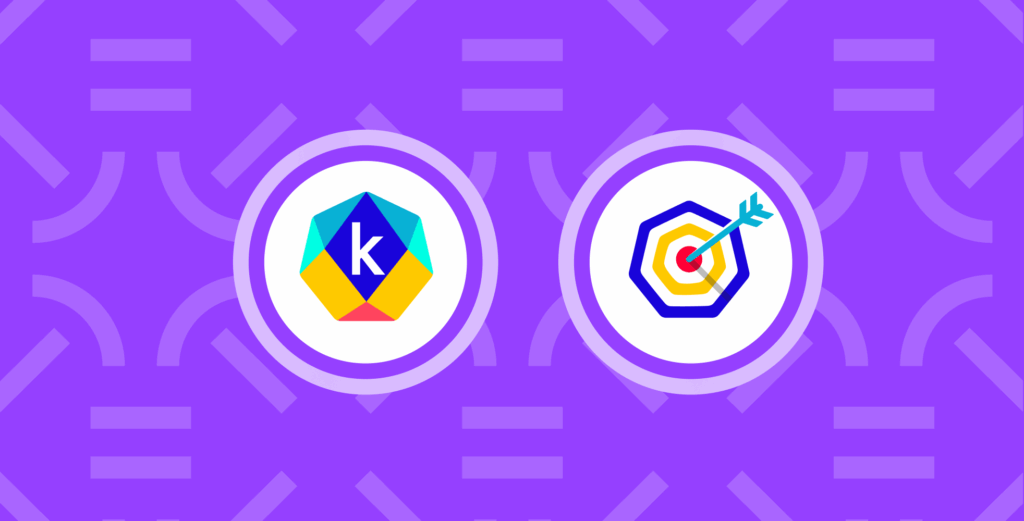
Improving the security of your clusters can be easier: here's how you can benefit from well-known Open Source tools.

Improving the security of your clusters can be easier: here's how you can benefit from well-known Open Source tools.
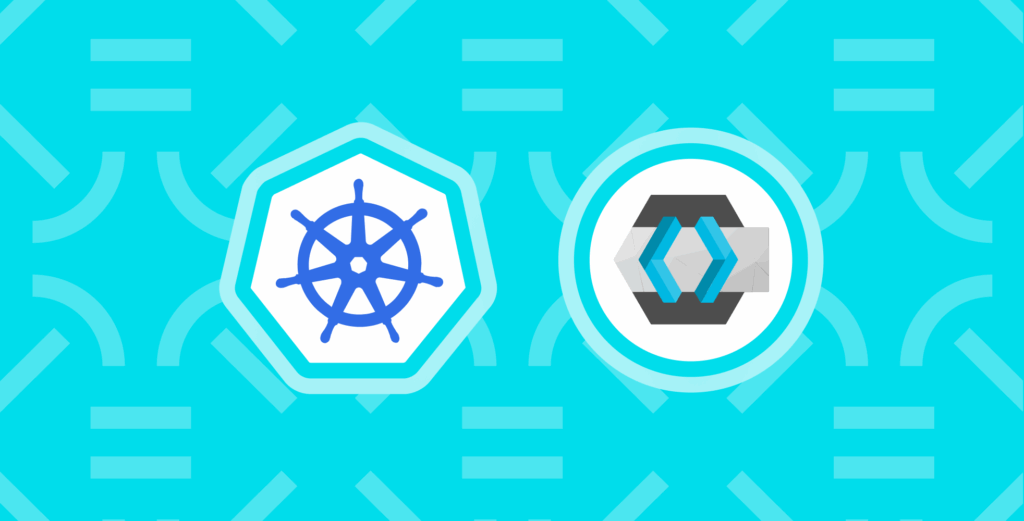
Sharing our experience deploying Keycloak together with Infinispan to a Kubernetes cluster and ensuring stability and scalability in such a setup.
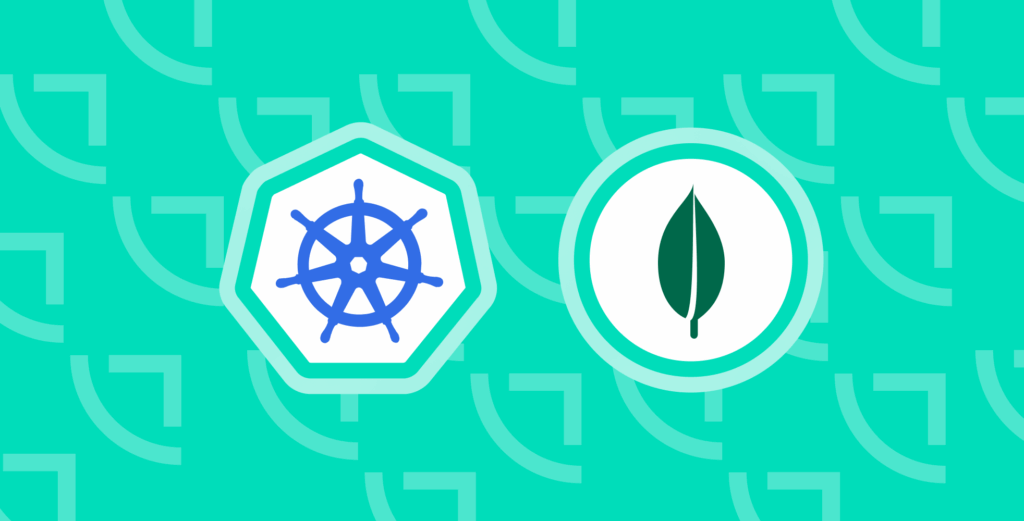
Here are the challenges of using MongoDB in Kubernetes and the options we have to overcome them including ready-to-use Helm charts and Kubernetes operators.
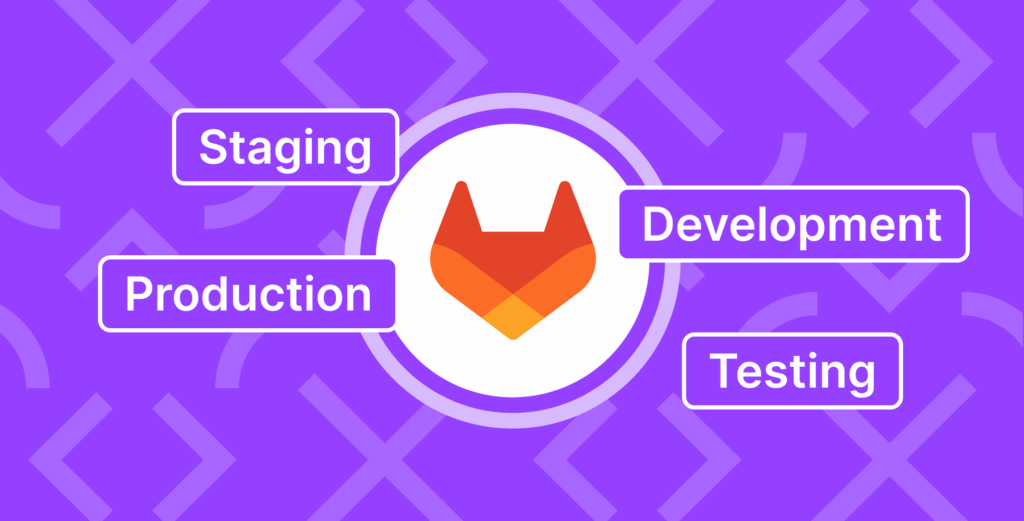
Learn why preview environments might be useful for you and how you can implement them in Kubernetes using GitLab CI.
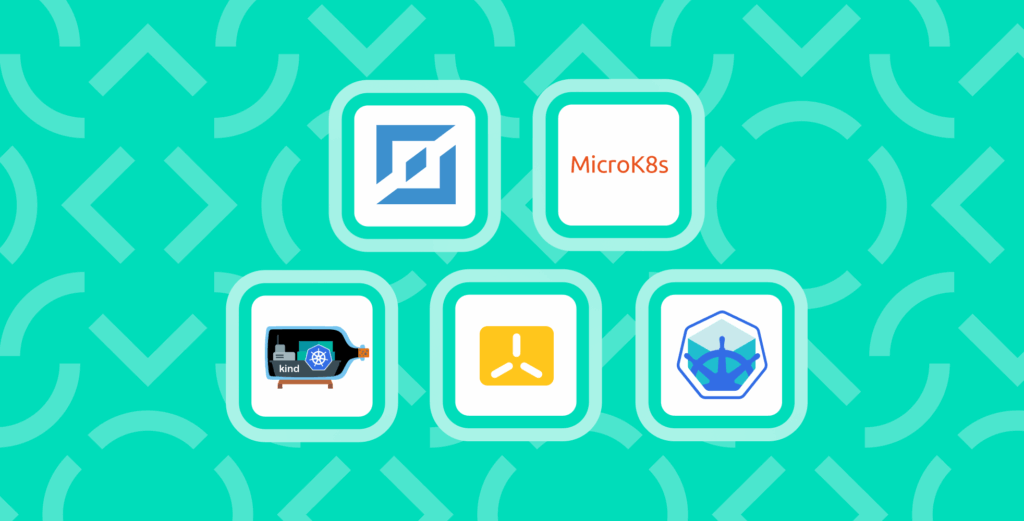
An overview of well-known, lightweight Kubernetes flavors to deploy local environments for your needs (e.g., a locally running sandbox) quickly and easily.
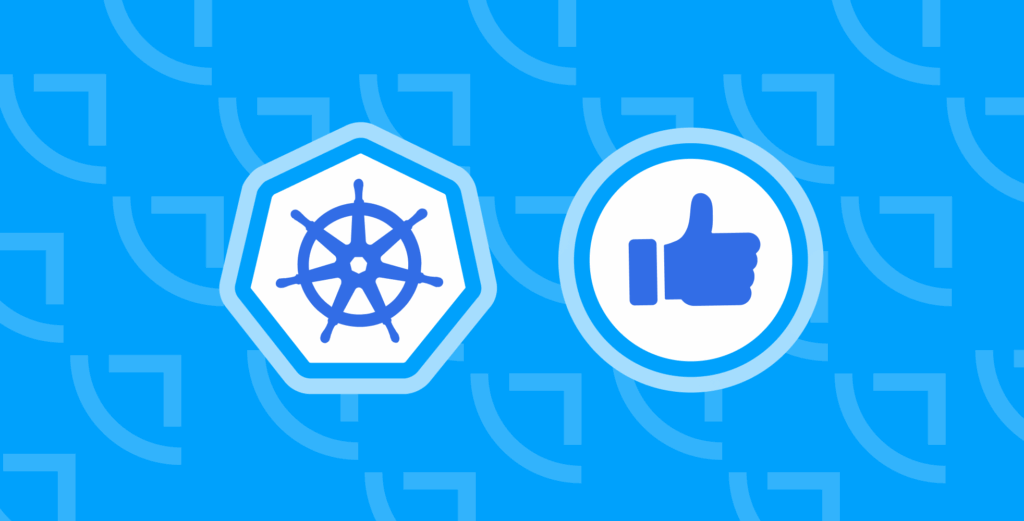
Our second part of recommendations for configuring basic Kubernetes mechanisms to run your HA apps smoothly. Pod Disruption Budget, Horizontal and Vertical Pod Autoscalers are covered.

Our recommendations for configuring basic Kubernetes mechanisms to run your apps smoothly. That includes update strategies, priority classes, requests & limits, probes, and more.

Here is another failure experience from our SREs that is worth sharing. It involves the migration of an Elasticsearch cluster from one storage to another inside a Kubernetes cluster.
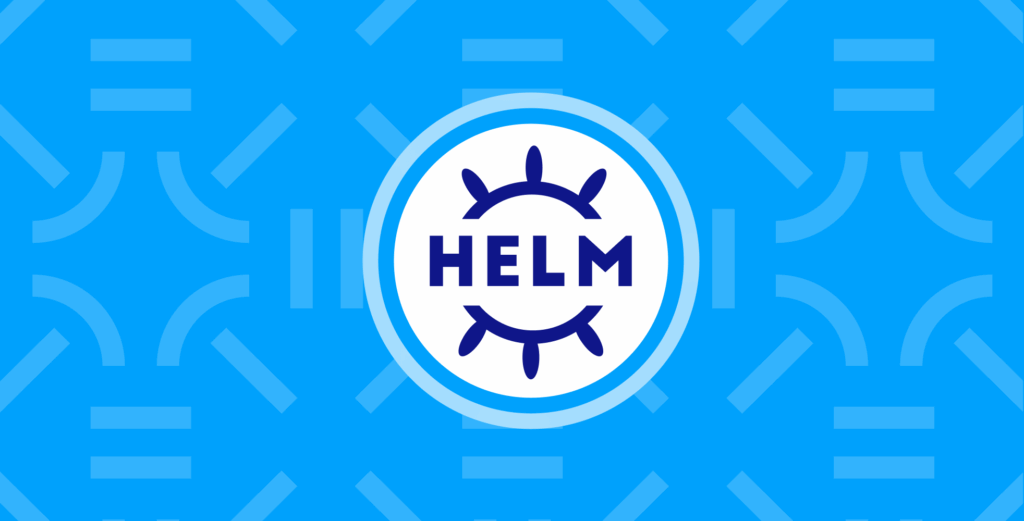
Helm templates and standard Helm library are insufficient for you? Learn how to make your templates more flexible and dynamic by implementing your own Helm “functions” and exploiting the capabilities of the tpl function.
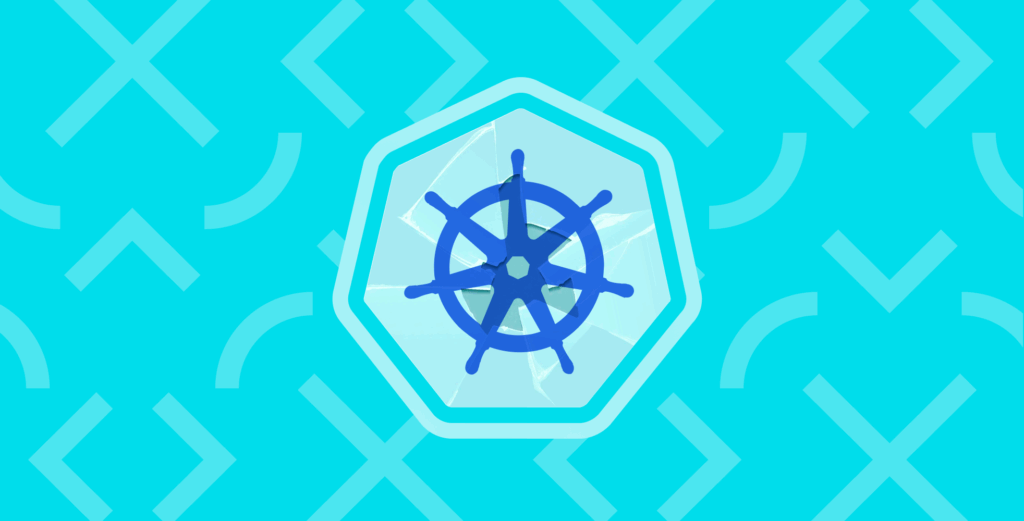
This article reviews existing tools for implementing chaos engineering in K8s including kube-monkey, chaoskube, Chaos Mesh, Litmus Chaos, Chaos Toolkit, some games, and even more.
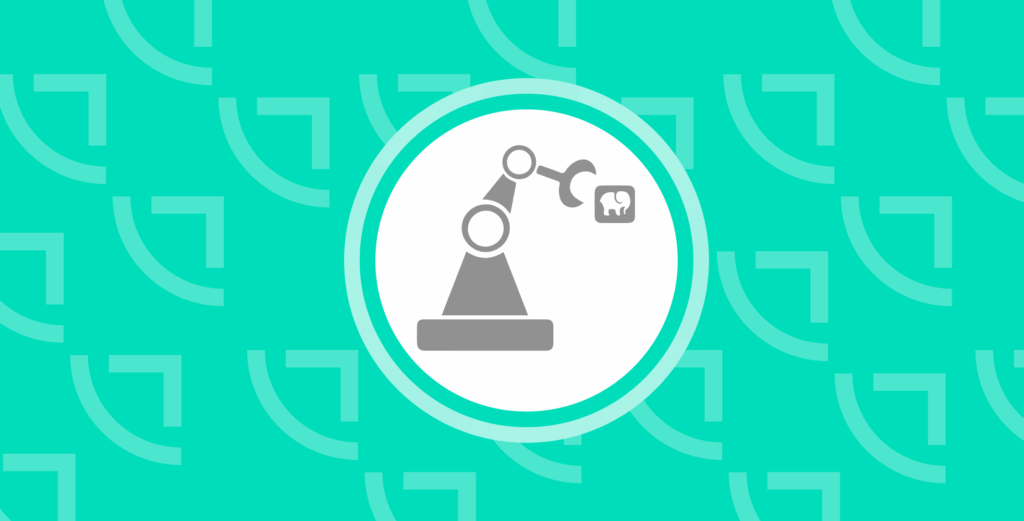
Fascinating lessons learned using the Kubernetes operator for PostgreSQL of our choice — Postgres Operator by Zalando. Problems and solutions, the story of migrating production.
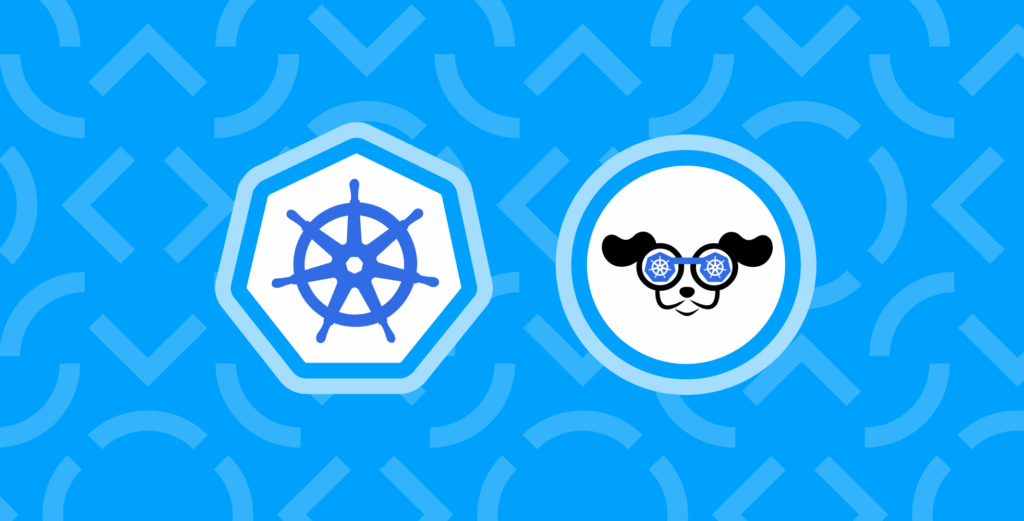
K9s is a terminal-based UI to manage Kubernetes clusters. Here's what it offers to any K8s operator who still likes CLI.
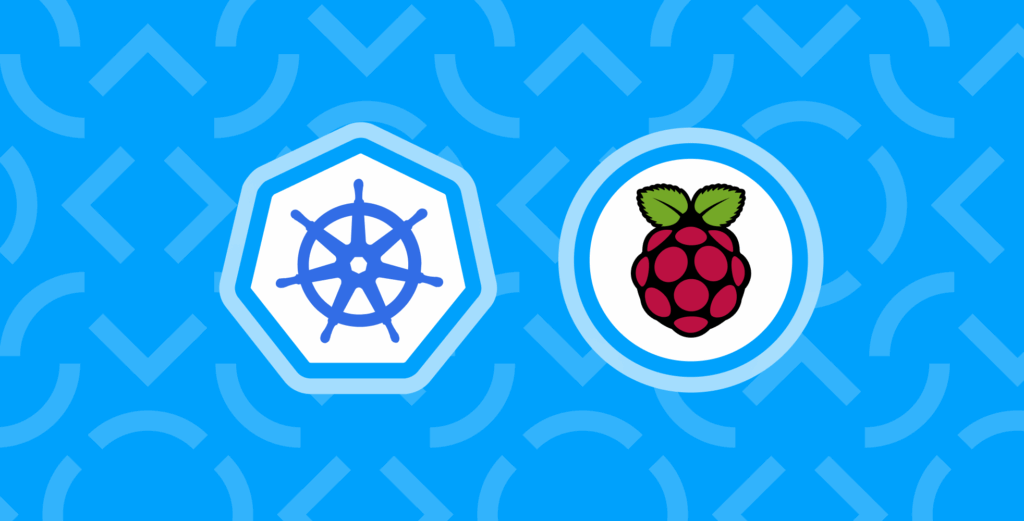
In this tutorial, we will deploy on Raspberry Pi (or other ARM devices) a vanilla Kubernetes cluster with essential tools such as Ingress, Prometheus, Grafana, and cert-manager.
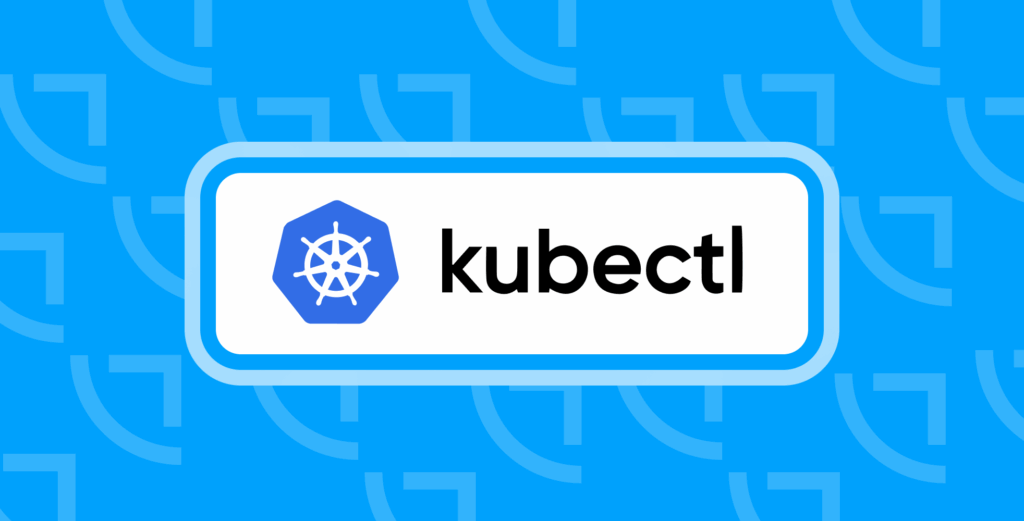
Our collection of kubectl commands, their combinations and tips to simplify performing regular tasks when you operate a Kubernetes cluster.
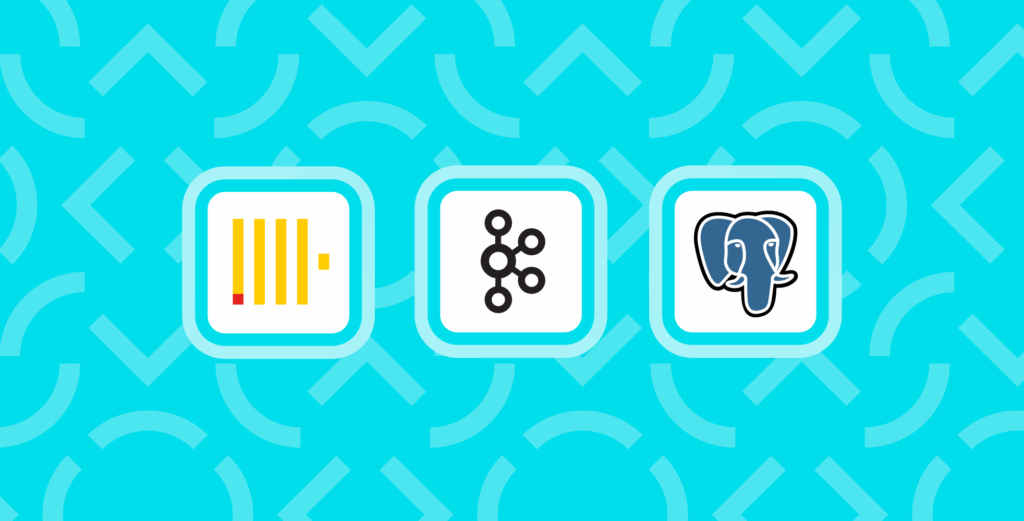
Our stories include a poorly prepared Kafka in Docker, an unexpected network issue for ZooKeeper & ClickHouse, a faulty hardware in the data center, and the PgSQL database optimization.

Get our new tech articles in a good old fashion!
We promise not to send anything besides
them.